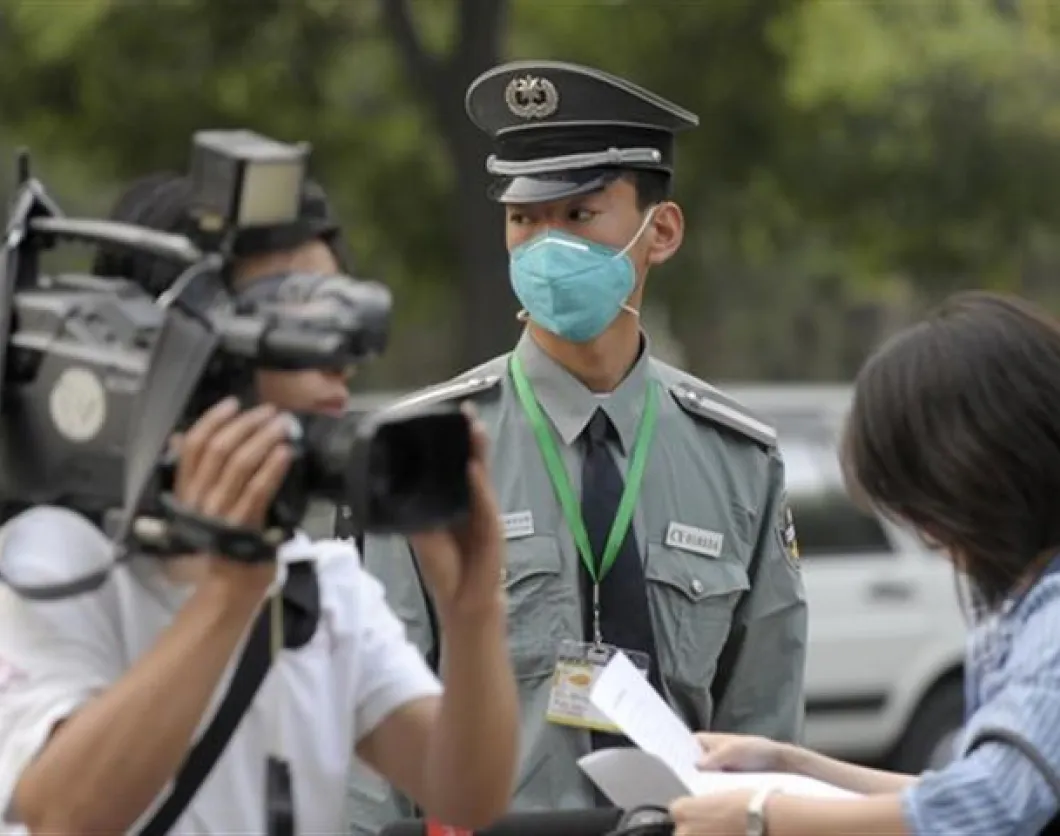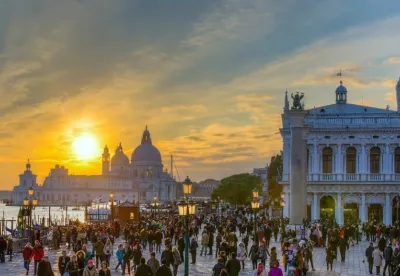The global tourism industry is right to be concerned about swine flu and its potential impact on global tourism. We only have to switch the clock back to 2003 to recall the devastating impact of the Severe Acute Respiratory Syndrome (SARS) outbreak on tourism in East and Southeast Asia and Canada. During the SARS outbreak this flu like disease resulted in just under 9,000 people contracting the disease of whom 870 died. Serious an outbreak as it was, in the pantheon of historic epidemics, SARS was a relatively mild epidemic compared to Malaria which continues to kill over one million per annum or AIDS, which kills many more. Yet neither of these diseases stopped tourism in its tracks in the way that SARS did in 2003 and primary reason for this was the fact that the media coverage of and interpretation of the World Health Organization’s warnings on SARS labeled the condition as a “pandemic.”
This begs the question: what actually is a PANDEMIC? The medical definition of a pandemic is a disease or epidemic which is spread widely geographically AND which affects a large proportion of the affected population. The condition clearly requires a range of preventative measures including screening by airlines, border control officials at international airports, isolation of suspected patients and the activation of preventative measures but it does not require the premature labeling of swine flu as a pandemic.
The perception of SARS as a pandemic created the most serious impacts on tourism as people, terrified of contracting SARS avoided visiting or even transiting through countries which were or were thought to be affected by that outbreak. A dramatic example was Thailand. In 2003, Thailand had 14 confirmed cases of SARS that resulted in two deaths. During 2003, tourism arrivals to Thailand dropped by 1.5 million costing the country an estimated US$2.5 billion in tourism revenues. The Tourism Authority of Thailand was obliged to spend tens of millions of dollars to run a campaign to convince travelers that SARS was not a threat to them. In Hong
Kong, which experienced just under 1,000 cases of SARS in 2003, media coverage suggested that the entire population was in the grip of the disease yet 90 percent of Hong Kong’s SARS cases were confined to the residents of five neighboring apartment blocks.
The recovery of tourism in Asia and Canada from the SARS outbreak required massive campaign instigated by the Pacific Asia Travel Association (PATA) with the cooperation of government tourism authorities, airlines, hotel chains and the support of various media outlets to talk up tourism and the safety of travel in the regions deemed affected by SARS. PATA’s Project Phoenix became an iconic post crisis recovery campaign.
The concern that swine flu currently raises for tourism is that while Mexico has been identified as the epicenter of the disease, confirmed and suspected cases are being reported in a range of geographically dispersed countries. This has led many sectors of the media to falsely label swine flu as a pandemic.
If we in the tourism industry have learned anything from SARS, and, I have no doubt we have, then its is incumbent on us to expose the distinction between legitimate concern about preventing the spread of swine flu from the perceptual panic which is being created over swine flu being depicted as a pandemic.
During the SARS outbreak, the International Air Transport Association instituted a range of common screening procedures which applied to all its member airlines and border control officers at airports instituted common screening procedures to identify passengers who may be potential carriers of the virus. Certainly all of us, the industry should be alert to the potential threat of swine flu but its vital to avoid being swept up on the panic which gripped the world about SARS. To do this, we must challenge the threat of negative and misleading perceptions as a top priority. In this case, prevention is better than cure.
Saudi worried about flu affecting tourism to holy sites
Fears among Muslims world-wide that this year's pilgrimage high season in Saudi Arabia will become a breeding ground for the new H1N1 flu has Saudi tourism officials worried.
"We're receiving cancellations from all over the world," said Waleed Abu Sabaa, head of the Hotels and Tourism Committee for the Mecca Chamber of Commerce and the owner of a company that controls 20 hotels in Mecca and Medina, the two holiest cities of Islam. "It's tough. It's very tough." The pilgrimage to Mecca, the Hajj, is mandatory for all Muslims once in their lives, if they are physically and financially able, and takes place during a specific time in the Islamic calendar -- this year, between Nov. 25 and Nov. 30. Arabian Business magazine, which has dedicated a section of its Web site to swine-flu coverage, estimated businesses in Mecca and Medina are in for some $266 million in lost revenue because of fewer travelers this year.
By David Beirman









